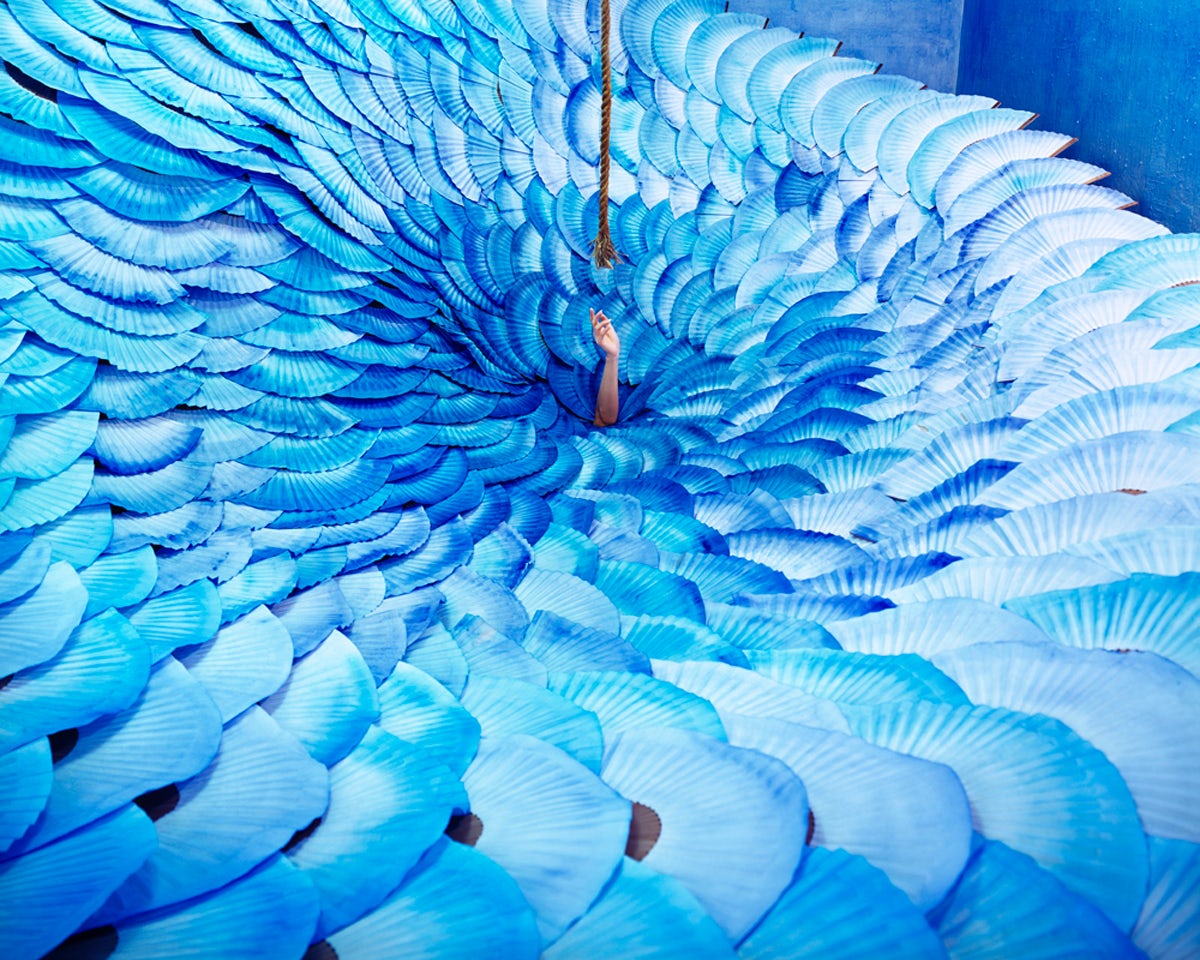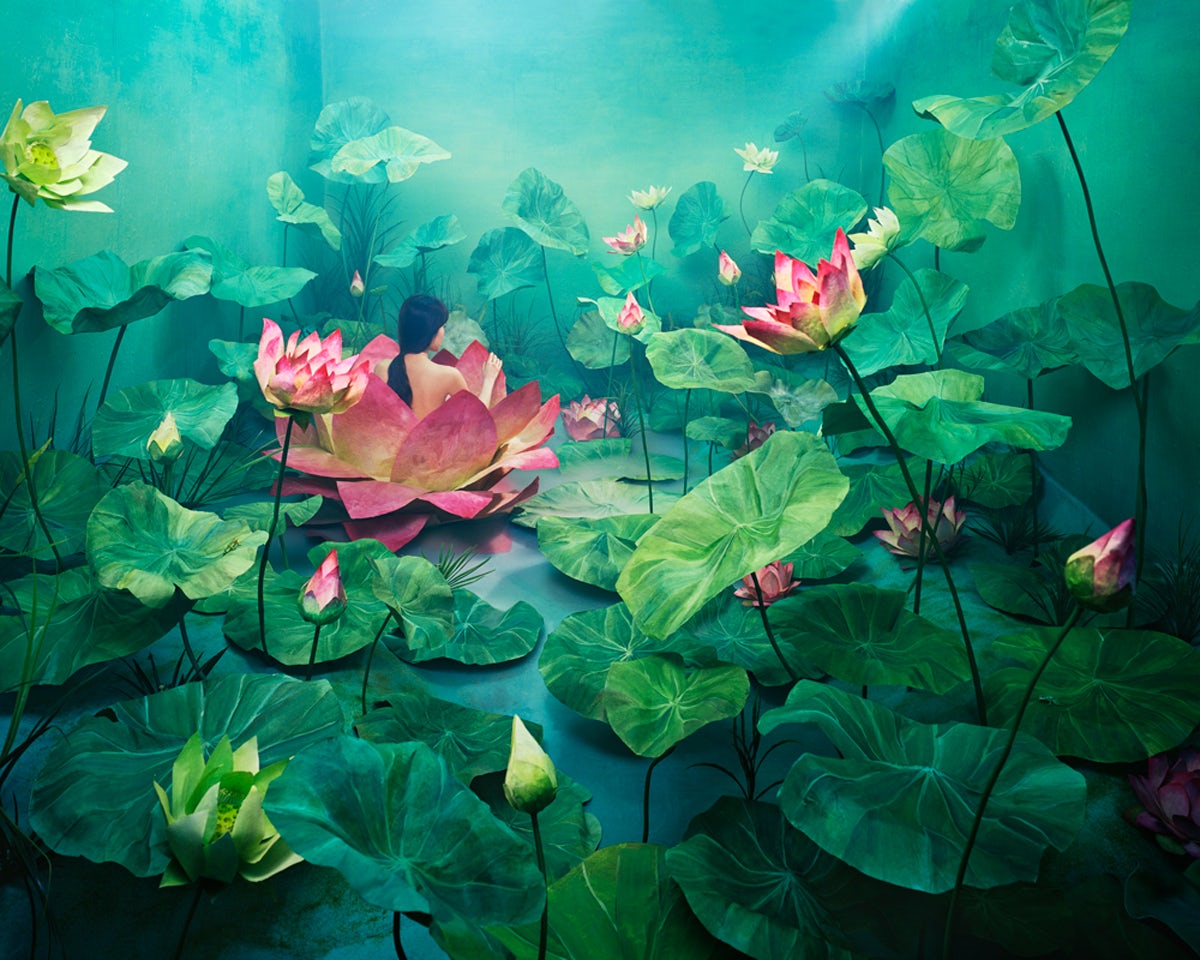One of South Korea’s most promising creatives talents, JeeYoung Lee’s unique approach to world-building has been featured by the likes of the New York Times and earned her commissions from brands including Hermès, Samsung and Tiger Beer.
Inspired by her mother’s own oil paintings, Lee dreamed of becoming an artist when she was growing up. As an undergraduate, she regularly shot music videos and shorts as part of the school’s filmmaking club, often creating the sets and props to go with them as well.


It was only after working as an assistant in a commercial production company that Lee began gravitating back towards the kind of artworks that she is now known for. “After that, I began thinking more about my identity and made up my mind to become an artist,” she says.
A running theme in Lee’s work is what she describes as her “mental landscape”, which illustrates her perception of reality and her emotions. She uses installation as her main medium to bring these imaginary scenes into the real world.


“Most of the narratives come from my personal experiences and memories. The images are my interpretation of the incidents I have experienced and my sentiments towards them,” she says.
“The scenes that I create are similar to an entry in a private diary in the sense that it documents my growth as a person. I believe that as I get older, learn more, and with more experience, my work grows too.”

Lee’s latest commission comes from Now Gallery in London, which has previously played host to works by Manjit Thapp and Joy Yamusangie, among others. In Maiden Voyage, the artist creates an other-worldly space with a forest of hanging ginkgo leaves, along with a monumental paper boat and paper aeroplanes that float through the air.
“I made 3D simulations and detailed designs of the work and discussed the realisation of this project with the gallery for a long time,” says Lee. The installation took over two weeks, with mesh frames firstly installed on the ceiling of the gallery and over 400 plastic ginkgo leaves hung in the air using fishing lines.


Lee’s aim is for those experiencing the installation to find a resonance within the work and relive their own special memories and experiences. Each guest will be invited to write down their first memory on a piece of origami paper and fold it into a swan to add to the collection, which will grow throughout the exhibition. These memories will be included in a performance at an event in July.
“You can see many ginkgo trees on the streets of Korea. In fall, the ginkgo leaves change colour. I was inspired by the streets yellowed with the fallen ginkgo leaves. It was a fantastic scenery where familiar streets change and it looked like a yellow wave to me,” says Lee.


“I thought these ginkgo leaves are a good material to tell the theme, the passage of time as well as various memories. I combined this inspiration with my other memories; memories of sailing paper boats and paper swans on the water and playing with paper planes when I was little.”

